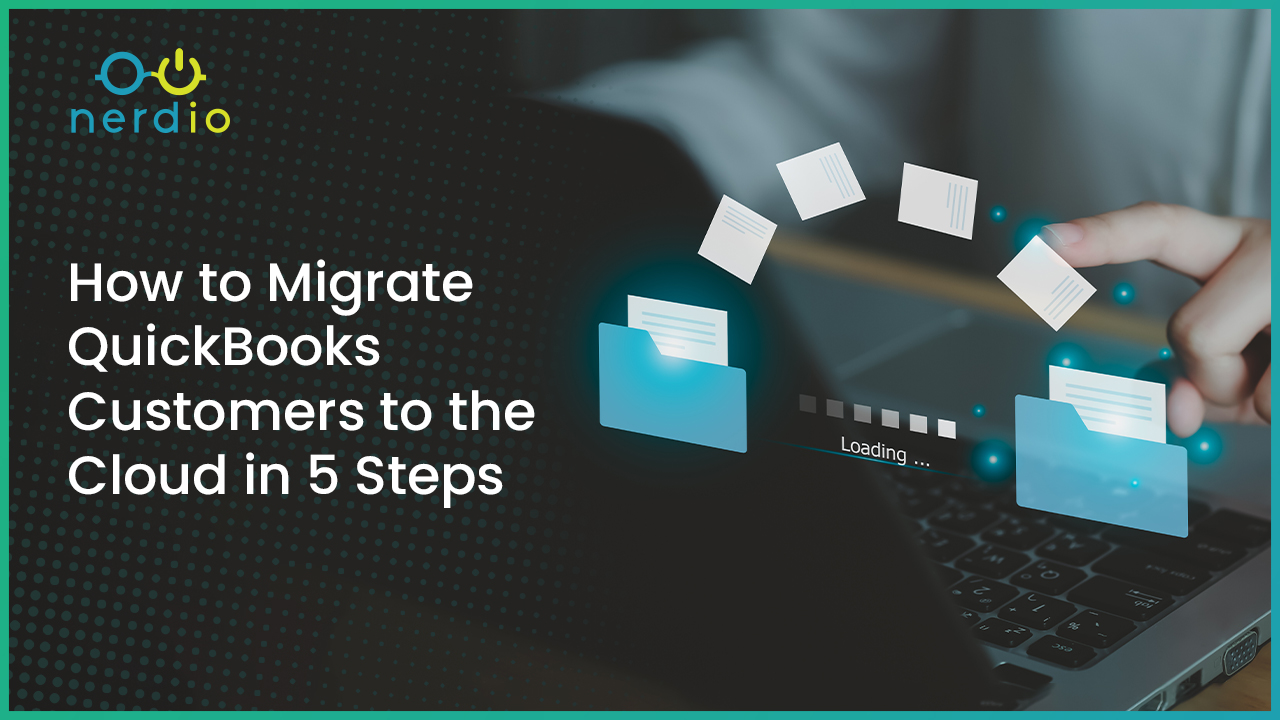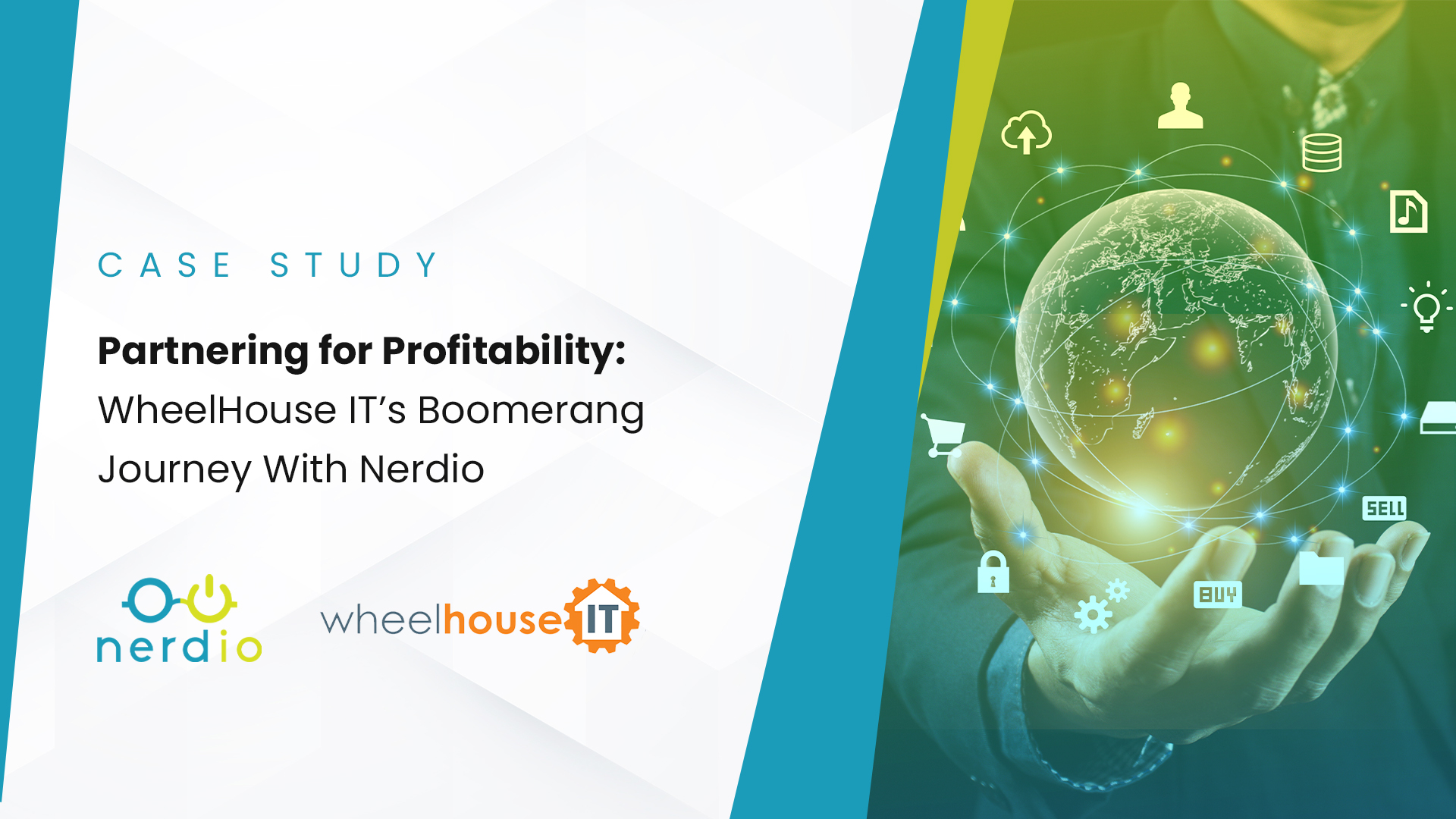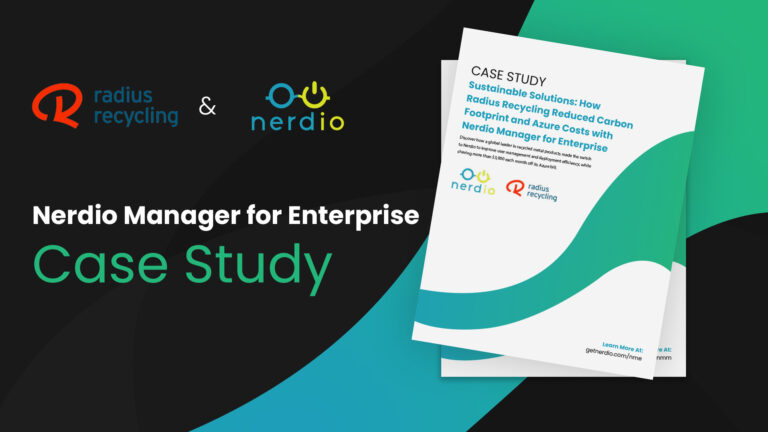Users may find it confusing to shift to a new platform. They tend to prefer what they already know and often view change as a negative or intimidating experience. They are likely to raise questions and express concerns such as “Why change? We’ve always done it this way and it works fine” or “This looks very different from what I’m used to. I’m not sure if I can be as productive.” Any introduction of new programs will result in such statements and queries, prompting the question: Is your Enterprise DaaS rollout suitable for your end users? If not, what steps can you take to prepare them?
When things are about to change, it helps to think about how you will “guide” and educate your users about what’s coming, what’s new, and most importantly, why the company chose to take this route. This often has to do with getting rid of legacy technology, making the platform more future-proof, secure, and eventually easier to work with. The problems arise when end users begin to question why the changes are necessary. Why and how do these changes benefit or affect their day-to-day operations, and what the value prop for their role is with this new technology? DaaS can feel like a large change for users who have been working with Microsoft (Office) 365 for decades, even though the front-facing differences are not very noticeable for front-line users.
So how do we get our end users on board and ready for DaaS?
To ensure a seamless transition, it’s crucial to empower end-users by implementing an effective training strategy. This training strategy must highlight the benefits of the new platform. This includes training programs that explain any new applications, logging or organizational systems, interface changes, and other changes that may be necessary to understand the new ways of working.
Involving users early in the process increases acceptance rates and user satisfaction. Suddenly changing the entire workflow, processes, and platform without involving users can lead to a low adoption rate.
By involving users early and asking for feedback, end-users feel like they have a say in how things will turn out and are more receptive to change. Organizing sessions or meetings to explain the changes and differences between the current system and the new one allows users to feel as if the changes aren’t so drastic. Explaining the value of the change and how it will improve their workflows is also essential in gaining user buy-in.
Examining the current platform and infrastructure, and the way users go about their daily routines, should always be a part of the preparation phase. This is where you’ll find answers to some of the most important questions about what needs improvement and what has worked well over the years. Remember, end-users are the most hands-on with the rollout, and their feedback and insights are the most valuable.
Conclusion
There is no one “golden approach” or single way to prepare end-users for a DaaS rollout. Every company is unique, and not all the topics mentioned in this post may be relevant to your rollout. Perhaps your end-users are already open to change due to long-standing issues with legacy technology. or your company may require a more hands-on approach where employees receive a thorough overview of how the transition will impact their day-to-day work. Ultimately, there is no one-size-fits-all solution for implementing an enterprise DaaS rollout. However, involving end-users early and providing opportunities for them to ask questions, offer feedback, and understand how the changes will affect their role is crucial for a successful DaaS implementation.







